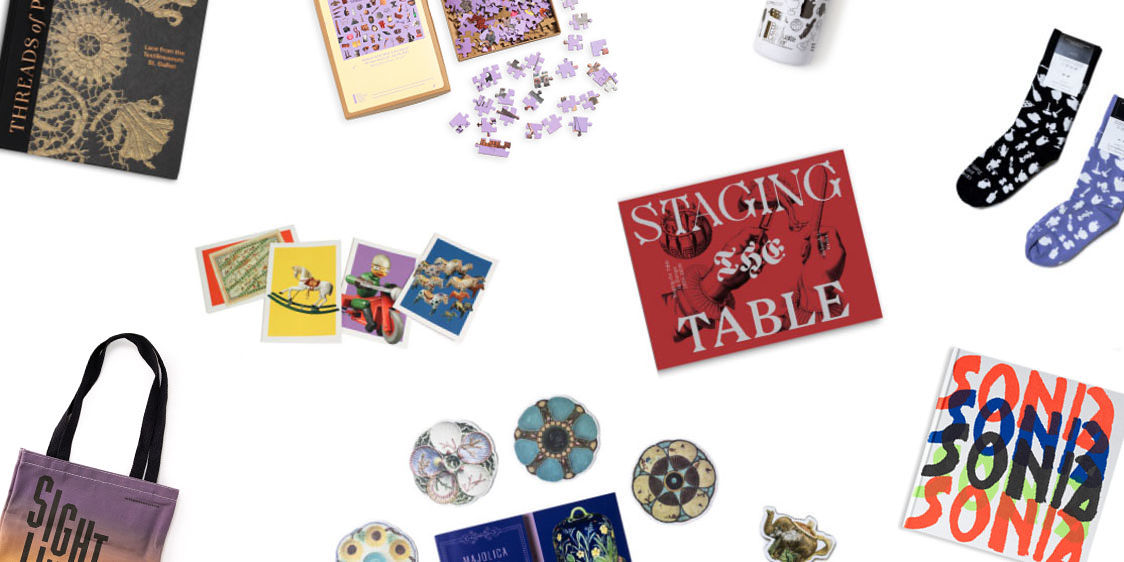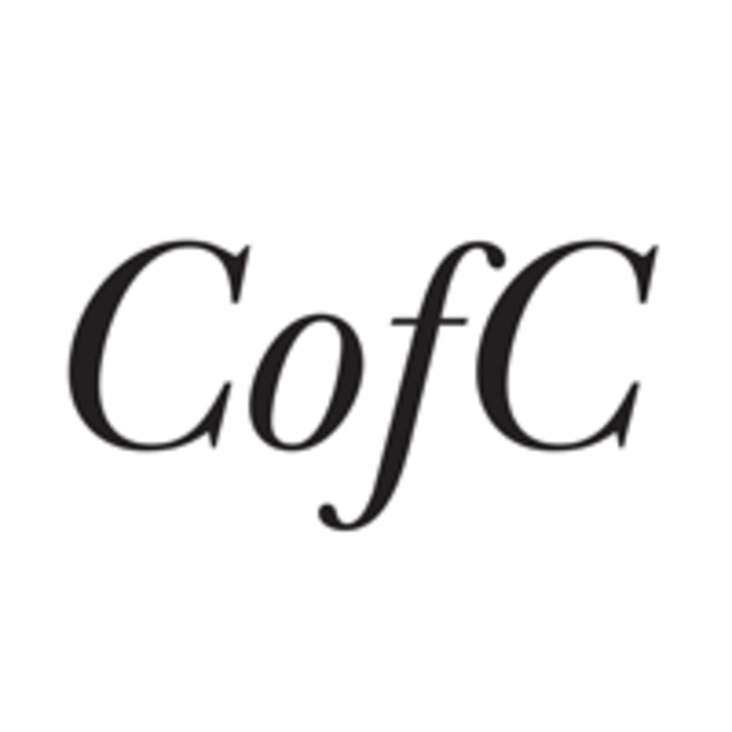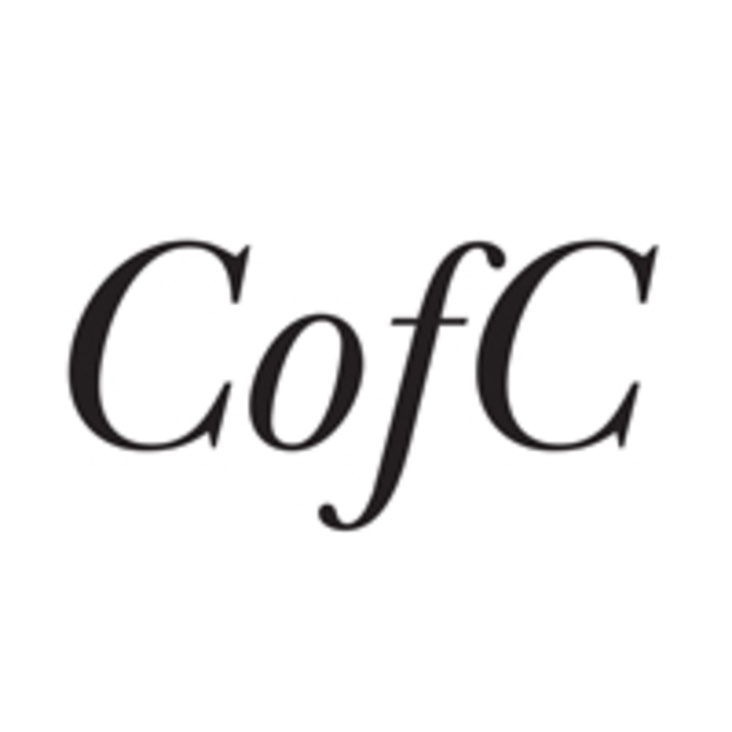“REvisions” is the ongoing series launched with the Research Forum in which faculty and invited contributors are invited to rummage through Bard Graduate Center’s archive of video lectures, published chapters, and print articles and discover new themes and hitherto unexplored connections. The premise is that while all these varied research “outputs” are published with a coherence evident to their conveners and editors in the moment of organization that further connections may become apparent in time. Moreover, institutional intellectual commitments mean that continuities of this sort cannot be dismissed as merely adventitious. “REvisions” therefore offers, also, an opportunity to see the “hive mind” in action: an institution as a thinking, living, collective organism.
REvisions 2: Conservation Conversations
Cultures of Conservation. The adventure is in that “S.” First of all, it announces that in this approach something that is usually viewed as a craft or science will be treated as something human, collective, evolving and wholly conventional. That’s the “culture” part. It also makes clear through that “S,” the plural form, that we are not taking a stand in favor of one or another approach. Like those anthropologists for whom “culture” was what they observed not what they advocated, “Cultures of Conservation” is on one level a kind of mapping operation, or field survey.
On another level, however, it is, if not about advocacy, then about modeling. For Cultures of Conservation is about the conversation between two groups of scholars of material culture who do not generally have much to do with one another: conservators and humanists. Yes, of course, conservators work with professional art historians, especially those who work in museums and bear the title “curator.” But, up to now philosophers, historians and literature specialists have rarely interacted with conservators, even as they have, for the past two decades been talking more and more, and more and more loudly, about materials and materiality. Humanists asking increasingly sophisticated questions, and conservators (and conservation scientists) with increasingly greater ability to answer questions—but never the twain did meet. Cultures of Conservation was about bringing them together for the benefit of students and scholarship.
But how to think about their coming together? We imagined it as a conversation, as a give-and-take between two distant, or seemingly distant, world views. And so this volume of REvisions is dedicated to presenting together a series of such conversations between professors and conservators staged for the questioning public over a series of three years. These represent almost all of the “Conservation Conversation” evenings that took place at Bard Graduate Center in New York. The idea was to identify a theme and use that as the basis of the conversation. On several occasions the conversation took place between humanists and conservators already working together to solve a problem; these conversations took on the role of demonstration and exemplarity rather than exploration and anticipation.
The three presentations on different instances of “extreme” conservation, of concentration camps, objects from outer space and animals, were not initially woven together as a conversation. But they did follow one another in a symposium devoted to the problems posed by cases of great difficulty.
The first of the conversations, on the subject of the connoisseur, set the tone for what followed. Carlo Ginzburg in 1995 had made the argument in The Art Bulletin for a re-appraisal of the connoisseur as the inter-disciplinary scholar of material culture avant la lettre. We might well call this type an “antiquary.” David Bomford, the first conservator ever to have been invited to deliver the Slade Lectures at Oxford, launched the term “technical art history” in his 2008 Forbes Prize Lecture. If, for Ginzburg, connoisseurship was about a person with experience and book-reading, for Bomford it was superseded by machines and analysis. The new-fangled connoisseur was the model for the type of humanist who didn’t much exist. Technical art history offered a way for conservators and conservation scientists to claim a seat at the top table instead of in the rear (their technical analyses are generally published only in appendices). Pressed, however, the differences between their positions began to crumble away. We may ourselves come away wondering whether in a generation hence the well-read conservator will have replaced the conservator. As a master of the material and of the technological, and with a questioning apparatus honed on reading and experience this person, who does not yet exist, would be the ideal product of “Cultures of Conservation.”














